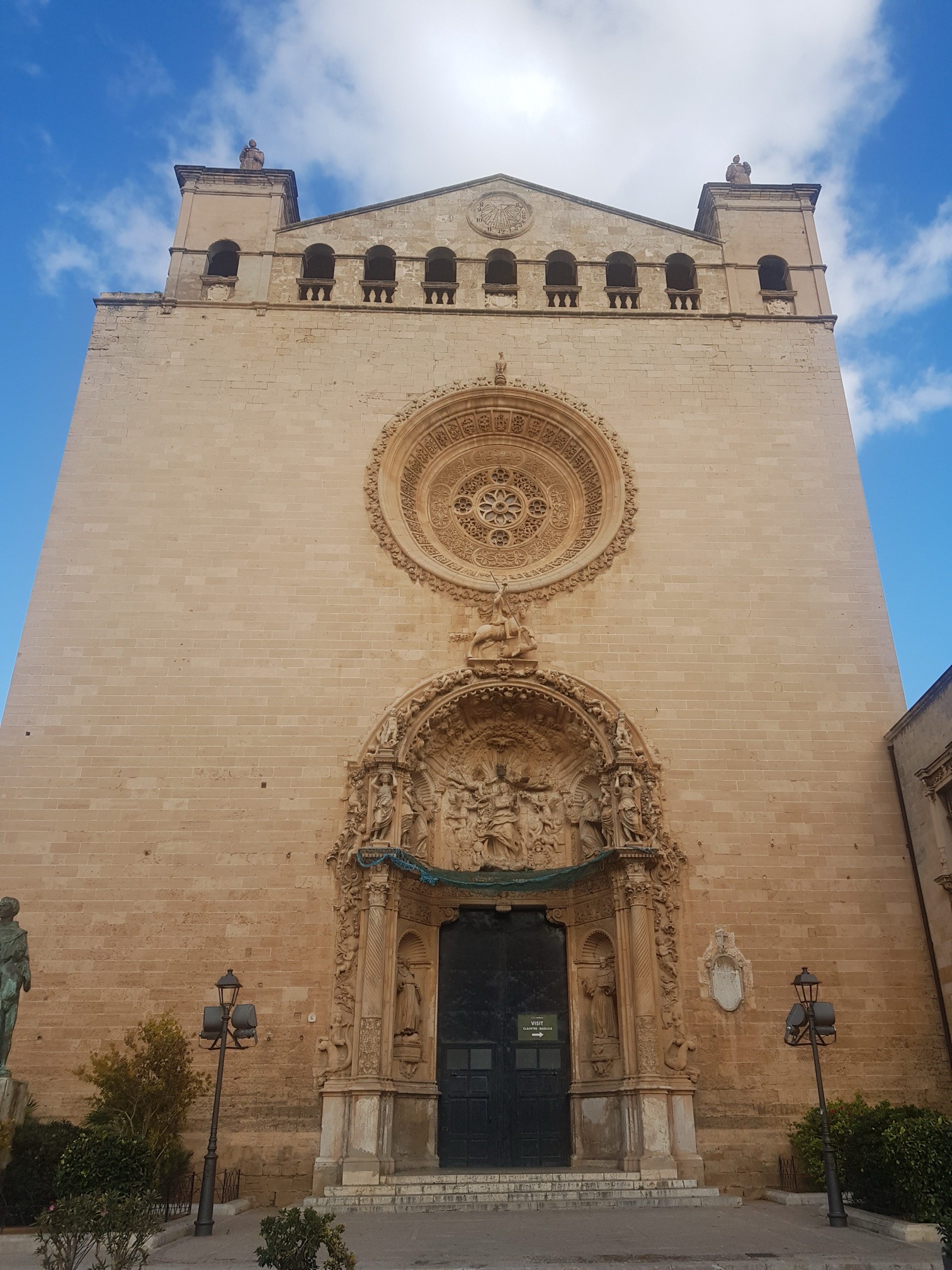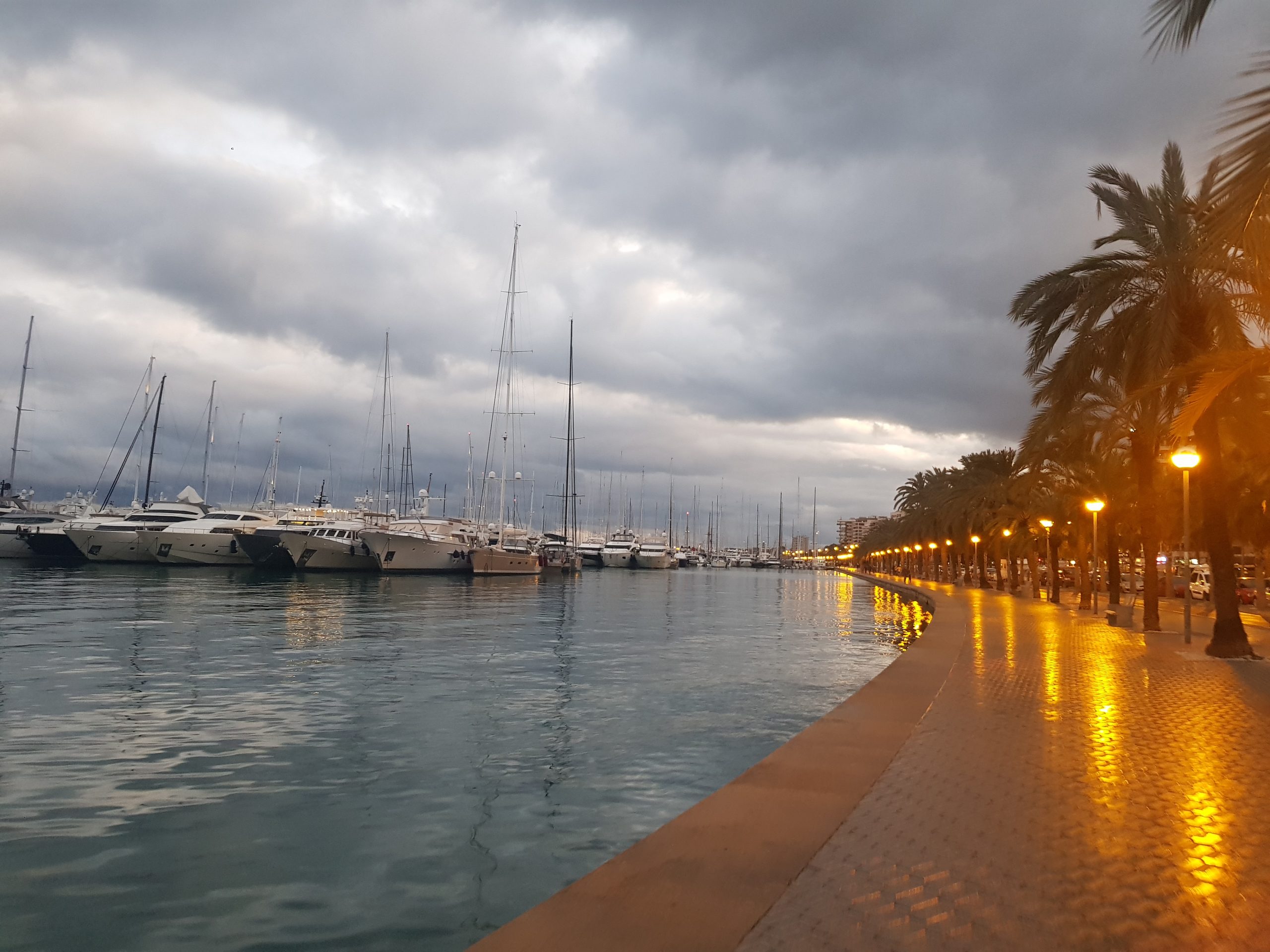Palma – Royal Palace of La Almudaina
Citizens of the European Union can get in free to the Royal Palace in Palma on Tuesday and Wednesday afternoons after 15:00, so this seemed the best time for me to go. The staff were also carefully checking passports, so this was a policy being enforced. The Royal Palace is located opposite Palma Cathedral, so this is the historic religious and political centre of the city.
This Royal Palace, which is still today occasionally used by the Spanish Royal Family, was built as a fort for the Islamic governors of the island in 903. When the island was conquered by the Christian forces in 1229, King James I of Majorca turned the building into his own residence. However, when King James III died in 1349, it was never again used for permanent occupation by Royalty.
The original Great Hall would have been an impressive sized set of rooms, but in 1578 it was split into two floors, which has disturbed the look of the rooms somewhat as it has cut across the natural lines of the original building.
One of the tapestries on the ground floor.
There are some Arab baths on the site, although these date back to the Roman period and remained relatively unchanged over the period of one thousand years.
One of the Royal Family’s rooms upstairs in the palace.
This is the new Great Hall (or Main Hall), which is actually the top half of the old room, although it still has some considerable size to it. Downstairs the rooms have walls between them, but here it has been left open-plan.
And a photo of one end of the Great Hall, which had to be urgently repaired in 1985 when the ceiling was in quite a precarious position.
A view of Palma Cathedral from the palace’s courtyard.
And the Royal Palace itself from the palace’s courtyard.
A rooftop garden with its collection of cacti.
A view from the rooftop garden.
A view of the harbour from one of the palace’s windows, they certainly got themselves a prime location in the city.
It’s not a huge site and I was fortunate it wasn’t too busy when I went, as it does appear to get a little congested in places. There is also a chapel on the site, but I’ll post separately about that. The historical context offered is also underwhelming, there are a couple of information panels near to the entrance, but very little beyond that other than some brief room descriptions. Given how much space the authorities have to play with here, it’s not clear why they haven’t developed the site a little and added more context about the history of the city.















